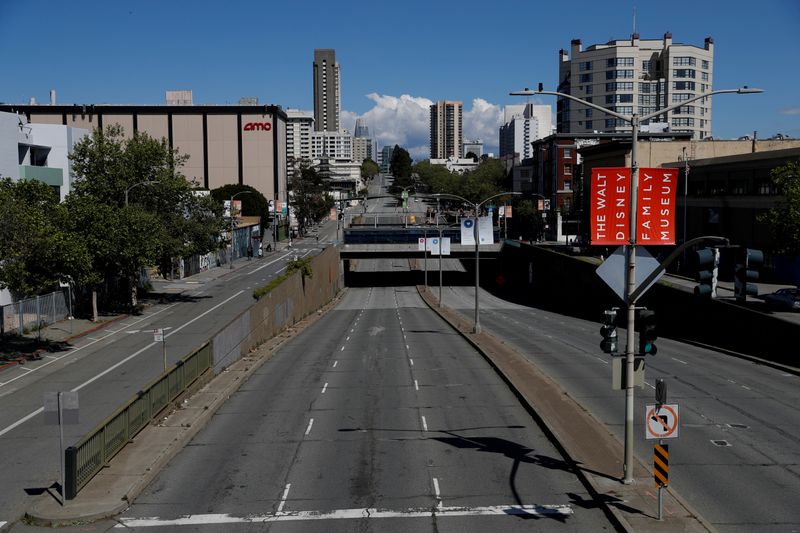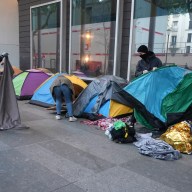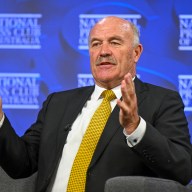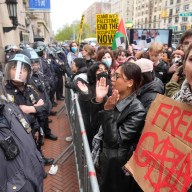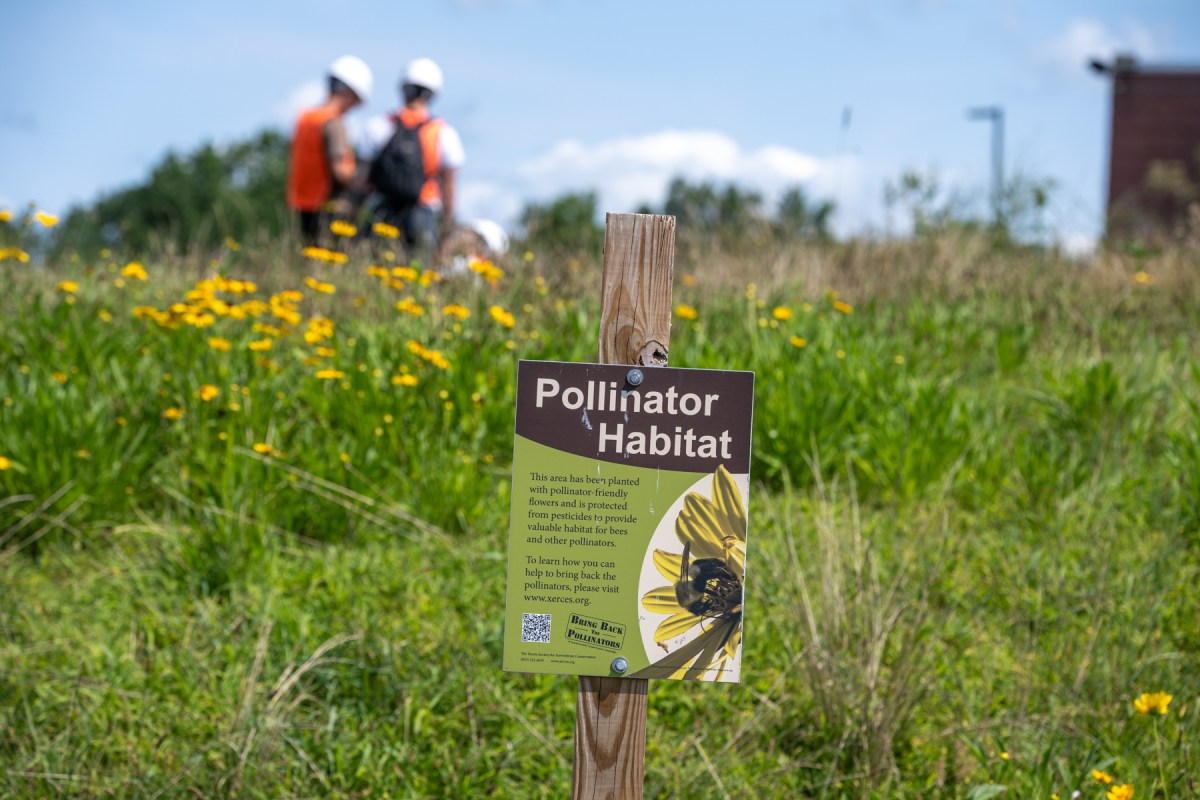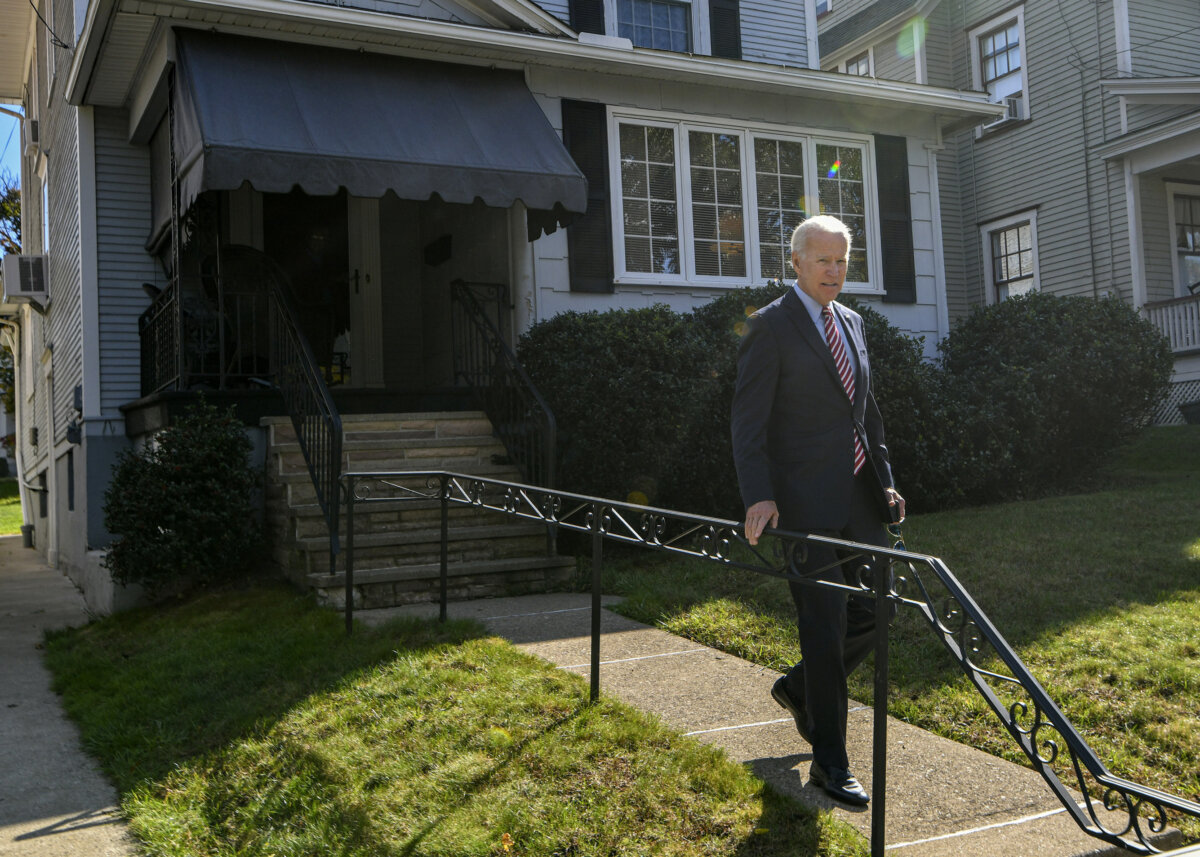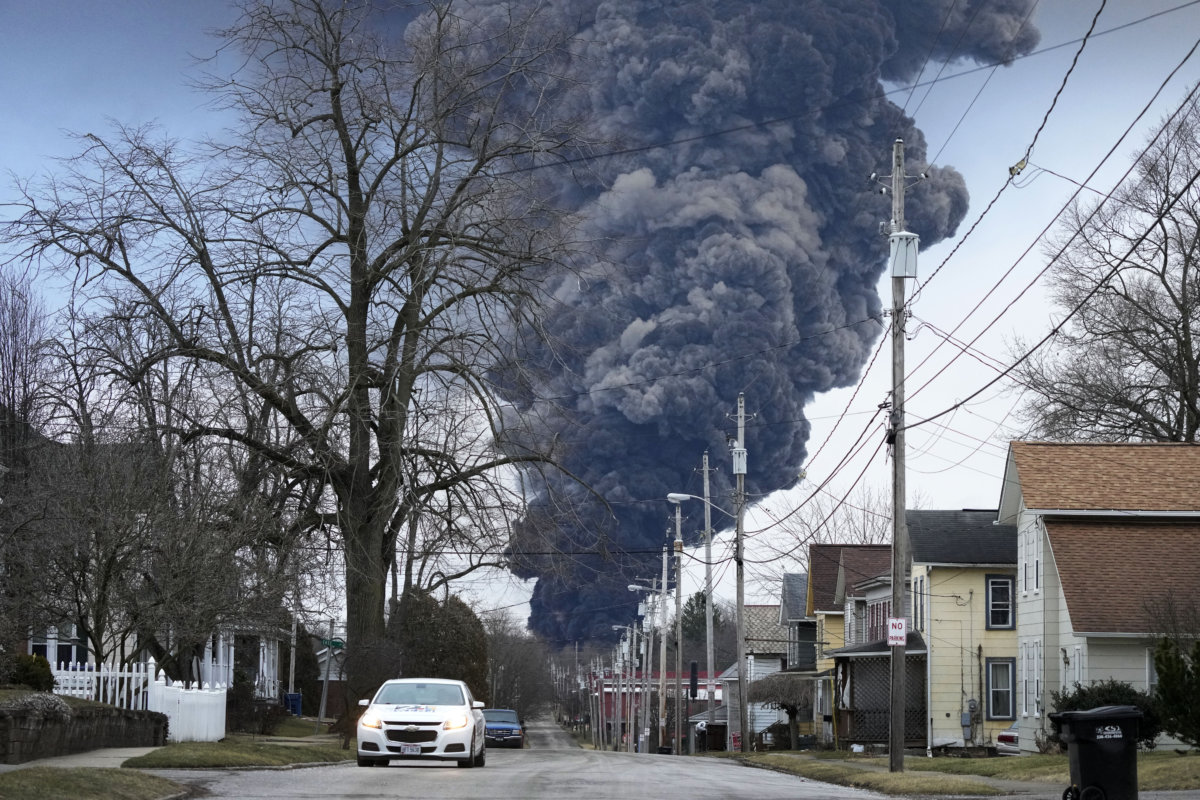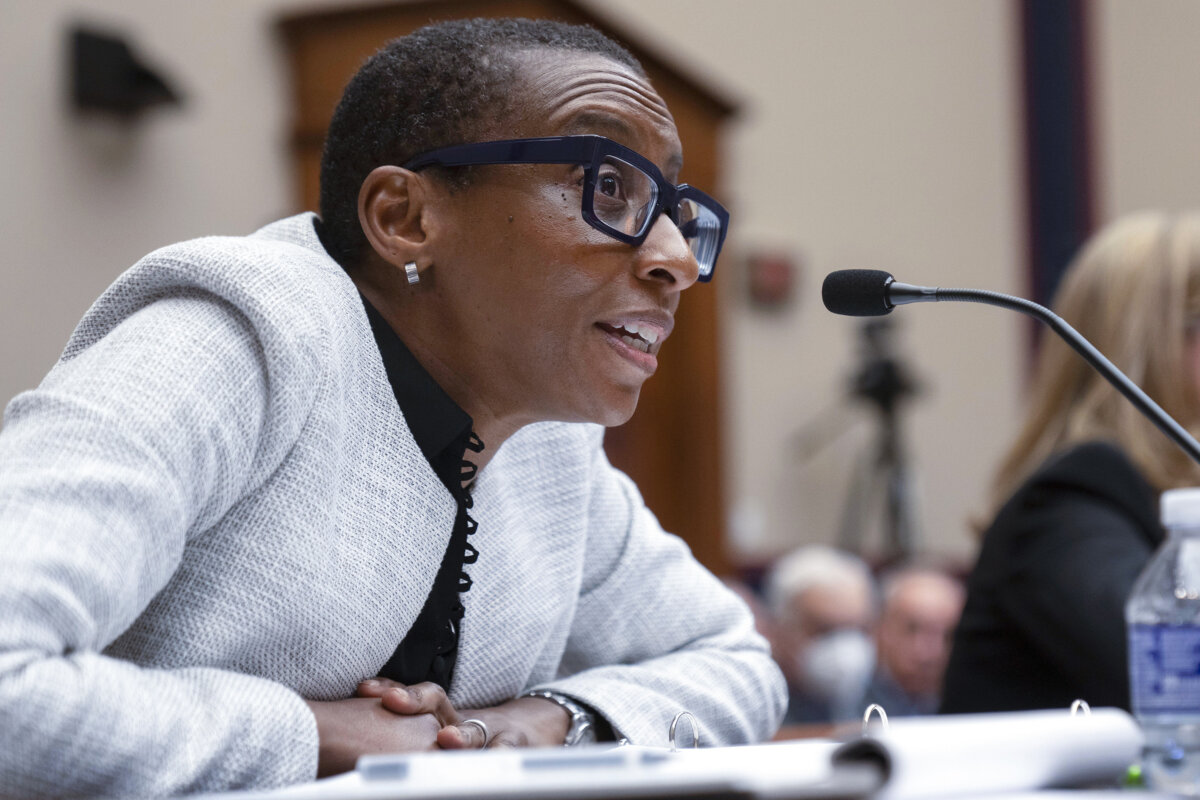SAN FRANCISCO (Reuters) – More people have been venturing out for work and play in recent weeks in the San Francisco Bay Area, according to traffic data, even as some of the strictest stay-at-home orders in the country remain in a region that is home to global tech companies like Alphabet Inc’s Google and Facebook Inc.
Before local health authorities imposed the nation’s first regional shelter-in-place order on March 17, traffic had thinned on roads and bridges, as many of the area’s biggest companies asked workers to do their jobs at home to help prevent spread of the coronavirus.
Once work from home became mandatory for all but essential workers, use of the region’s seven bridges plummeted, with weekday crossings falling by early April to as much as 54% below last year’s levels, data from the Metropolitan Transportation Authority show. (See: https://tmsnrt.rs/2WL04Za)
Since then, traffic has edged up to levels only about a third below last year’s as restrictions eased, allowing a few more businesses to open and, since Monday, curbside pickup at retailers.
Weekend bridge traffic has also crept up in recent weeks, though it is still down by nearly half compared to last year.
Dine-in restaurants remain closed, as are many other establishments such as nail salons, barbers and gyms that have begun to reopen in other parts of the country. Many parks remain closed, and local orders discourage travel for anything but essential purposes.
Even once more businesses are allowed to reopen, possibly after the region’s current orders expire on May 31, it is likely traffic could stay well below pre-pandemic levels.
Close to half of Bay Area workers have jobs that can be done at home, research from University of Chicago Booth School of Business economists Jonathan Dingel and Brent Neiman shows. That compares with about 37% on average nationwide.
(Reporting by Ann Saphir; Editing by Bill Berkrot)

